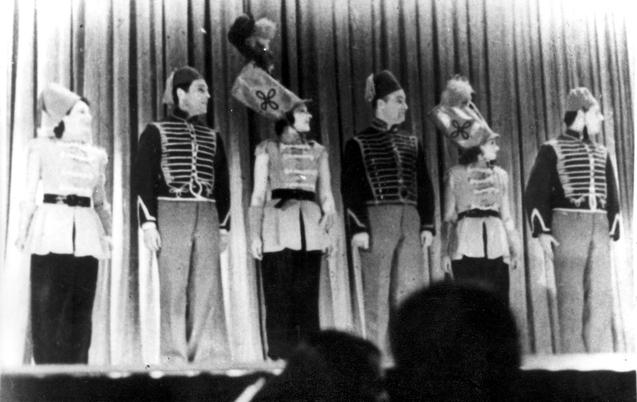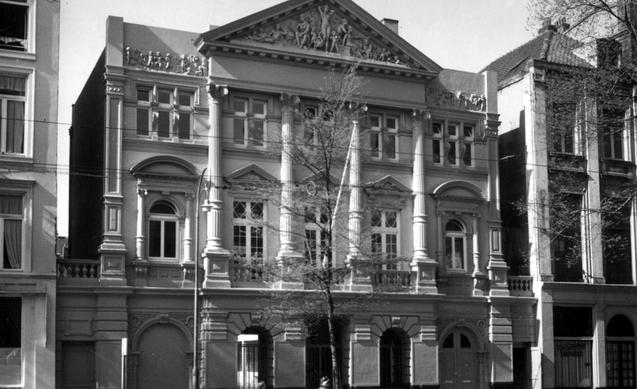



On Monday, May 6, 2013 the International Institute for Holocaust Research at Yad Vashem along with the International Institute for Jewish and Israeli Culture held a day-long symposium discussing performing arts in Holland during the Holocaust. The informative lectures and panels focused primarily on the many leading Jewish directors, actors, singers, composers, dancers and musicians who played such a prominent role in Dutch theater and the performing arts before and even during the period of the Holocaust. With most of Dutch Jewry by that time well integrated in the cultural society of the Netherlands, the theater was an artistic medium in which many Jews came to participate, excel and build their careers. Leading performing artists at the time, such as Henriette and Louis Davids, Sylvain Poons, Jetty Cantor, the singing duo Johnny & Jones and many other prominent Dutch Jews starred center stage in Amsterdam in a wide assortment of productions in theater, symphony and cabaret.
In addition to the large amount of local talent, Amsterdam also became a temporary safe place of refuge for many well-known German-Jewish artists in the 1930s who wished only to continue their artistic profession after having been forbidden in doing so by discriminatory, antisemitic policies enforced by the Germans following the rise of the Nazis in 1933. Scores of Jewish performers living in Germany and Austria at the time began to look elsewhere to continue their artistic profession with many eventually arriving at the already bright cultural scene in Holland. This included many renowned Jewish performing artists such as Max Ehrlich, Willy Rosen and Franz Engel who all made their way to Amsterdam after having their professions and livelihoods stripped from them by the Nazi regime. However, this temporary asylum was short lived as the German occupation of the Netherlands in May 1940 brought with it similar antisemitic laws which also came to affect and oppress the Jews living there.
Amsterdam as a cultural refuge for Jewish artists abruptly came to an end in 1941 as the Nazis issued a decree that forbade Jews from attending public gatherings and establishments used for public recreation, relaxation and education. The Nazis permitted one theater to remain open, the Hollandsche Schouwburg (Dutch Theater) later renamed the Joodsche Schouwburg (Jewish Theater), allowing Jewish artists in Amsterdam to perform there, but only as long as it was solely in front of all-Jewish audiences. One of the visiting guest lecturers at the symposium, Esther Göbel of the Jewish Historical Museum in Amsterdam, noted that the talent on stage during these performances was so great, as a result of the concentration of so many renowned Jewish-European performers in one single artistic venue, that there were a few reported cases in which non-Jews would temporarily put on a yellow Star of David, just in order to be able to attend a show of such collective theatrical genius. While the theater provided a cultural outlet for Amsterdam’s Jews to escape a progressively more frightening reality and preserve a small sense of normalcy during an increasingly troubling time, the Nazis and their collaborators would also eventually suppress this small channel of artistic expression as they began (and eventually succeeded) to imprison and later exterminate the overwhelming majority of the Jews living in the Netherlands.










